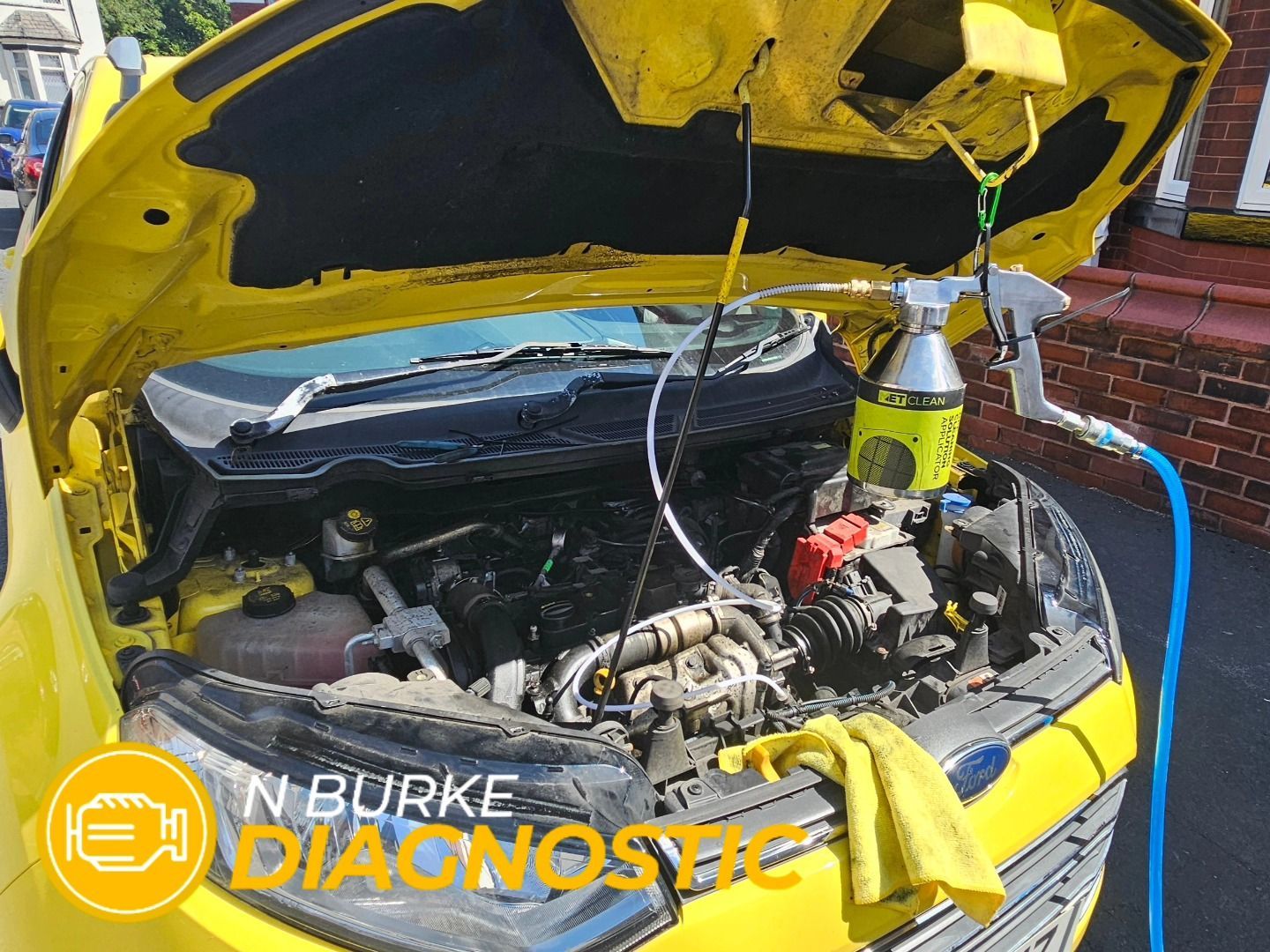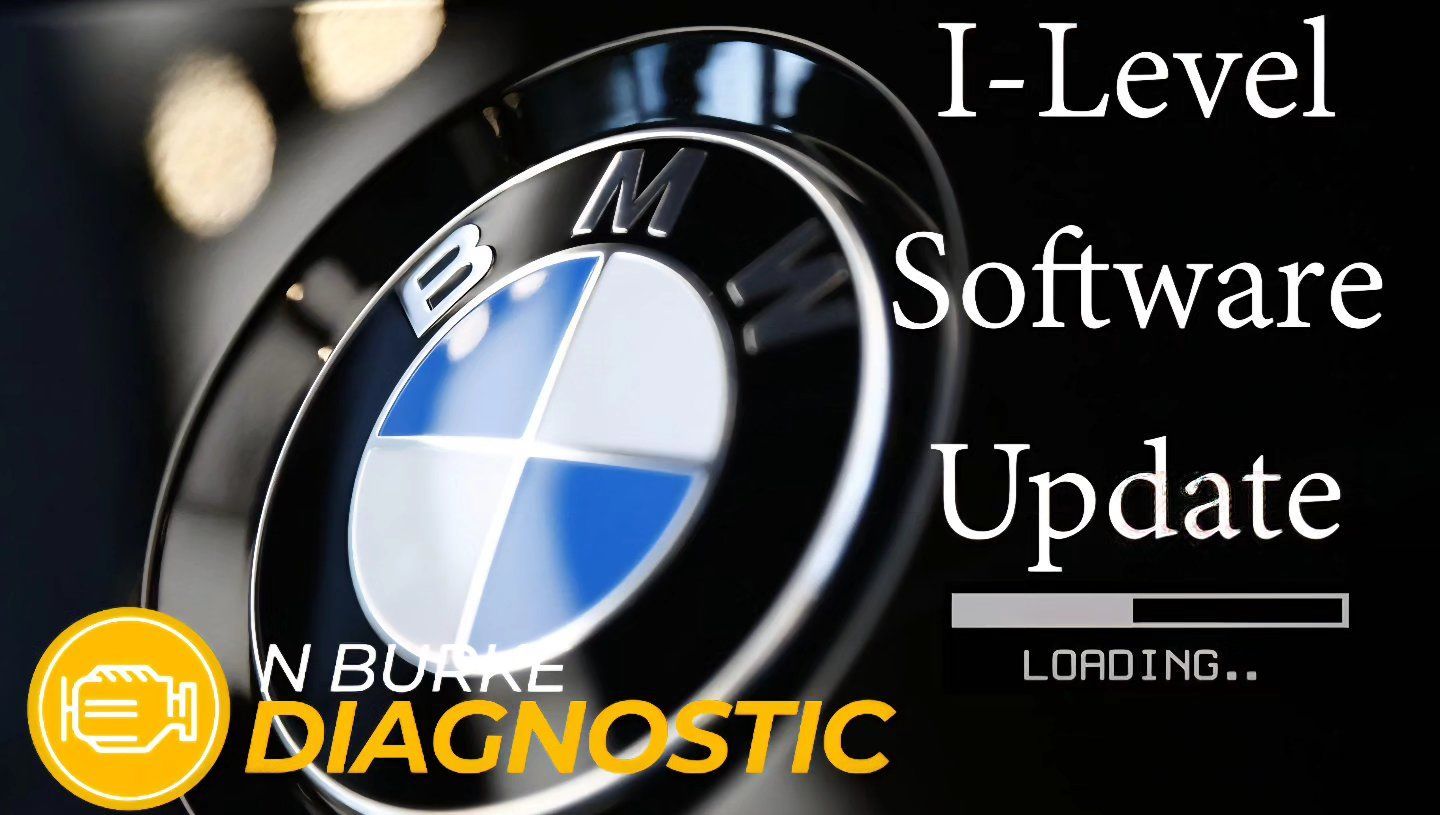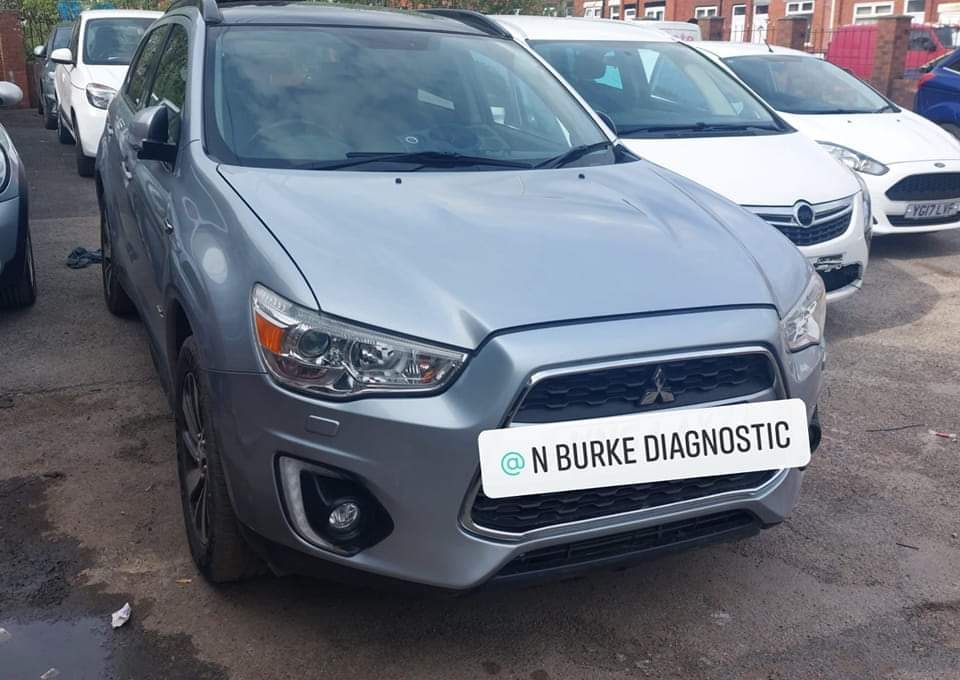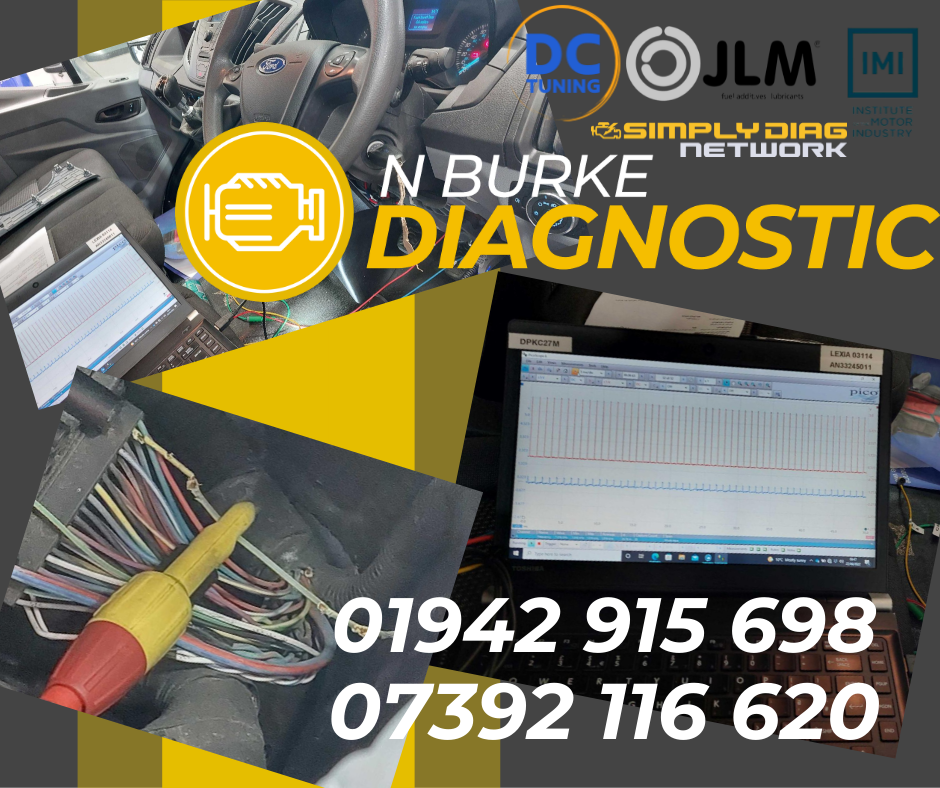Electric and Hybrid Vehicle Service and Repair: Embracing the Future of Automotive Maintenance
Navigating the Road Ahead: The Essentials of Electric and Hybrid Vehicle Maintenance and Repairs
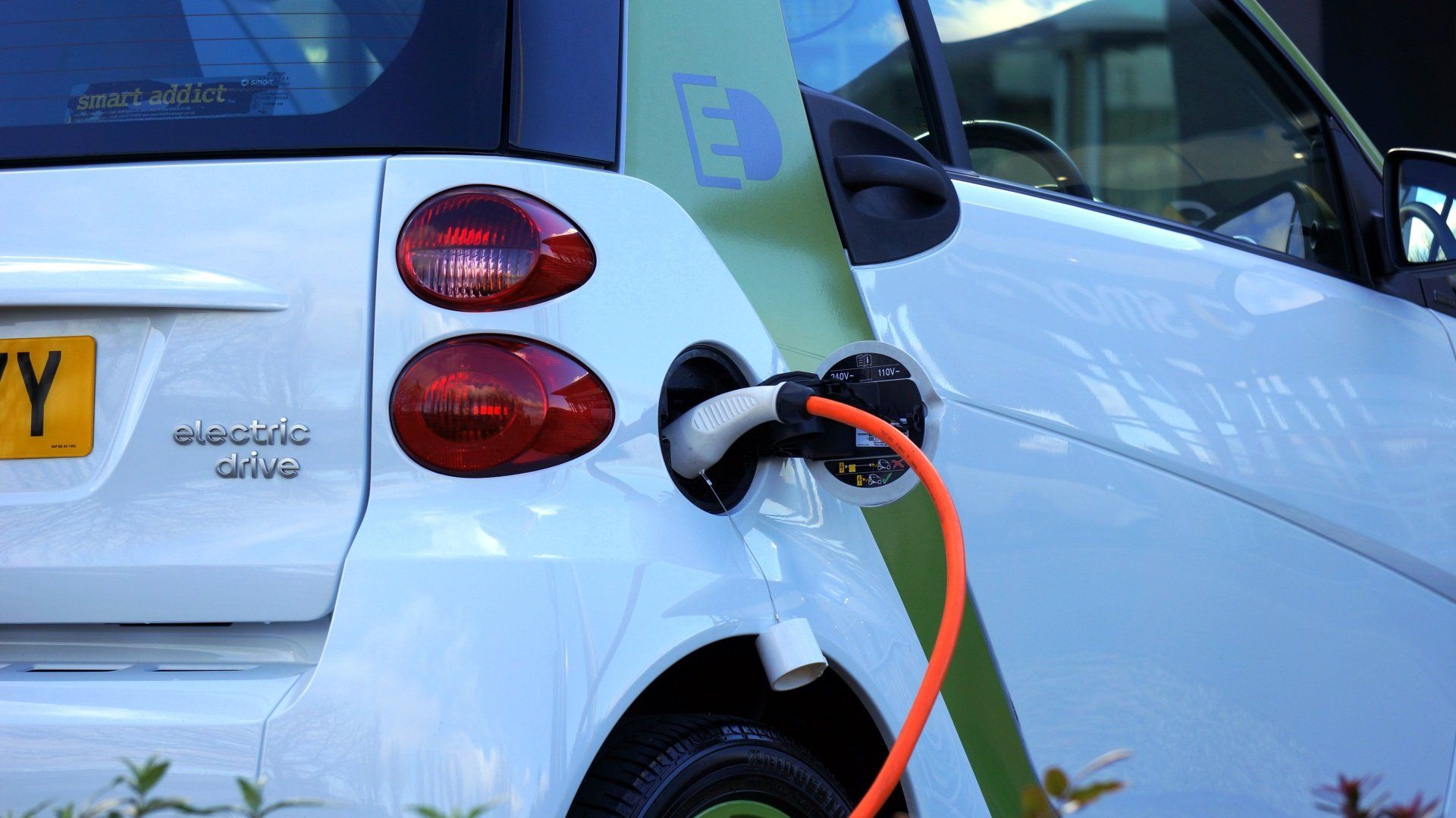
Introduction
As the automotive industry evolves, so do the vehicles we drive. Electric and hybrid vehicles (EVs and HEVs) have gained immense popularity in recent years, with their eco-friendliness and fuel efficiency attracting a growing number of environmentally conscious consumers. With this shift towards cleaner transportation, the need for specialized service and repair for these vehicles has become increasingly evident. In this blog post, we'll explore the intricacies of maintaining and repairing electric and hybrid vehicles, understanding their unique components, and delving into the advantages of embracing this transformative trend.
1. The Rise of Electric and Hybrid Vehicles
The surge in popularity of electric and hybrid vehicles stems from their significant environmental benefits and reduced reliance on fossil fuels. As automakers continue to develop advanced battery technologies and improve electric drivetrains, EVs and HEVs have become more accessible to the masses. However, due to their distinct architecture and systems, servicing and repairing these vehicles require specialized knowledge and expertise.
2. Components of Electric and Hybrid Vehicles
Electric and hybrid vehicles differ significantly from traditional internal combustion engine (ICE) cars in their composition and operation. Understanding the fundamental components of EVs and HEVs is essential for effective service and repair. Key components include:
2.1. Electric Motor and Drivetrain
In EVs, an electric motor replaces the conventional gasoline engine. The motor generates torque and drives the vehicle's wheels. In hybrid vehicles, there is both an electric motor and an internal combustion engine that can work in tandem or independently, depending on driving conditions.
2.2. Battery Pack
The heart of an electric vehicle is its battery pack, which stores electrical energy that powers the electric motor. The battery pack's capacity and technology significantly impact the vehicle's range and performance.
2.3. Regenerative Braking System
Both EVs and HEVs utilize regenerative braking systems to capture and convert kinetic energy into electricity during deceleration. This feature enhances energy efficiency and extends the vehicle's driving range.
2.4. Power Electronics
Power electronics components, such as inverters and converters, control the flow of electricity between the battery pack and the electric motor, ensuring efficient energy conversion.
3. Specialized Training for Technicians
As electric and hybrid vehicles continue to gain traction, automotive technicians need specialized training to handle these cutting-edge technologies. Traditional mechanics who are well-versed in gasoline engine repair may lack the expertise required to service and repair EVs and HEVs effectively. Car manufacturers and independent training institutions offer programs to equip technicians with the necessary knowledge and skills to work on electric and hybrid vehicles safely and efficiently.
4. Advantages of Electric and Hybrid Vehicle Service
4.1. Lower Operating Costs
One of the most significant advantages of owning an electric or hybrid vehicle is the reduced operating costs. Electric vehicles, in particular, have fewer moving parts, which means lower maintenance and repair expenses compared to conventional cars. Additionally, regenerative braking systems help extend the life of brake components, further reducing maintenance costs.
4.2. Government Incentives
Many governments around the world offer incentives to promote electric vehicle adoption, including tax credits, reduced registration fees, and access to carpool lanes. These incentives not only make electric and hybrid vehicles more appealing to consumers but also contribute to a cleaner environment.
4.3. Environmental Impact
Choosing to service and repair electric and hybrid vehicles promotes sustainability and helps reduce greenhouse gas emissions. By maintaining and extending the life of these eco-friendly cars, we contribute to a cleaner and greener future.
5. Common Electric and Hybrid Vehicle Repairs
Despite the numerous advantages, electric and hybrid vehicles are not without their maintenance needs. Some common repairs include:
5.1. Battery Health and Replacement
Over time, the performance of the battery pack can degrade, affecting the vehicle's range and efficiency. Technicians may diagnose battery issues and offer solutions, such as cell balancing or, in extreme cases, battery pack replacement.
5.2. Electric Motor Malfunctions
Electric motors are generally reliable, but like any mechanical component, they can experience faults that require skilled diagnosis and repair.
5.3. Charging System Problems
Issues with the vehicle's charging system, such as faulty charging ports or malfunctioning onboard chargers, can hinder the vehicle's ability to recharge properly.
5.4. Inverter and Power Electronics Repairs
The power electronics components that manage the flow of electricity can also experience malfunctions that necessitate specialized attention.
6. The Future of Electric and Hybrid Vehicle Service
As electric and hybrid vehicle technology continues to evolve, so will the service and repair industry. Advancements in battery technology, faster charging infrastructure, and improved diagnostics will likely simplify maintenance tasks and enhance the reliability of electric and hybrid vehicles.
Conclusion
Electric and hybrid vehicles are paving the way for a sustainable automotive future, and their continued growth is inevitable. As consumers embrace these eco-friendly options, the demand for skilled technicians and specialized repair services will rise. Investing in training and expertise for electric and hybrid vehicle service is not only a prudent business decision for automotive professionals but also a crucial step towards a greener and cleaner world for all. As we embrace this transformative trend, let us look forward to a future where electric and hybrid vehicles become the norm, supported by a robust service and repair ecosystem.





